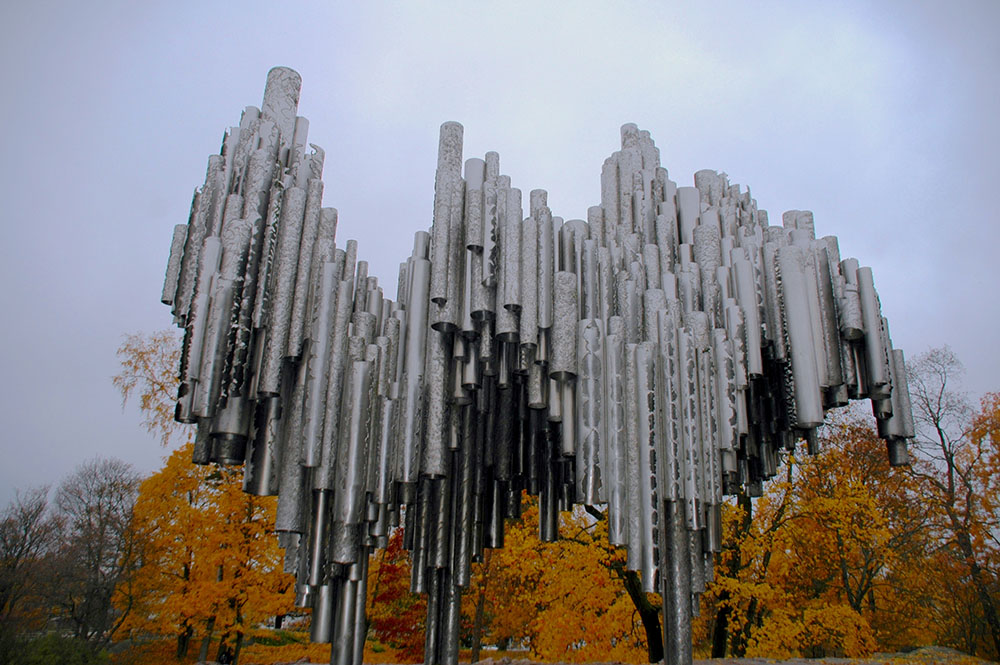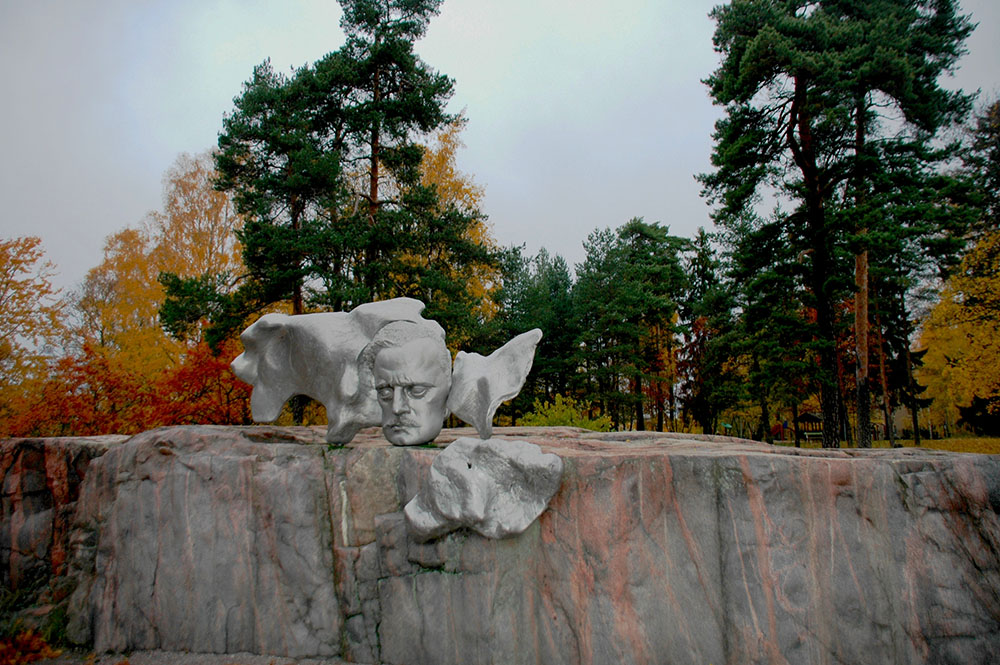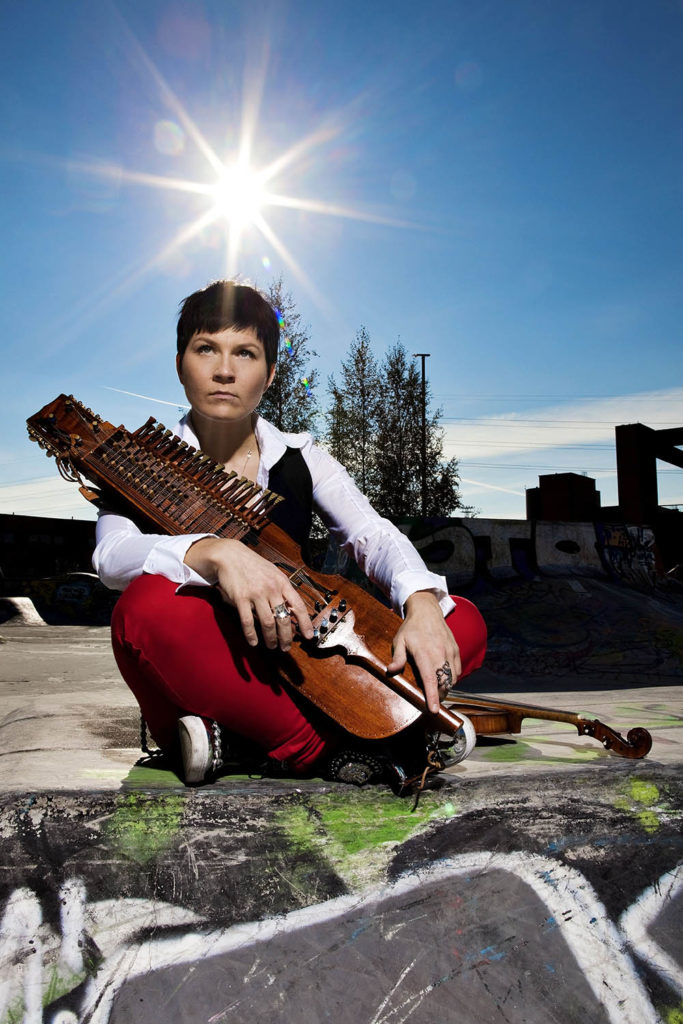Finland is known for tranquility and untouched nature. But due to its somewhat isolated location, Finland also has a rich and ancient music culture. Some (stringed) instruments are therefore unique and characteristic for the country, such as the cantele and jouhikko. Journalist Rik van Boeckel visited several music conferences and immersed himself in Finnish music traditions.
Text & photography: Rik van Boeckel | Final editing: Angelique van Os
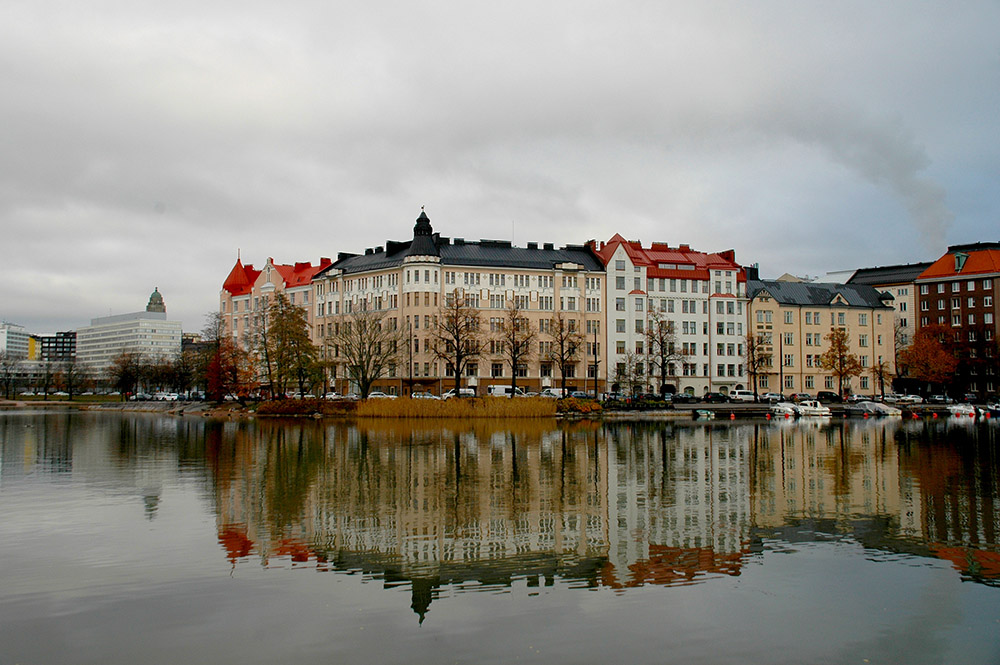
Finland’s music has many faces and different timbres. Especially in Western and Eastern Finland, there are relatively many unknown musical (folk) traditions that live among the local population. The fact that the Finns take their musical heritage seriously was evident from various conferences organized in 2019, such as Sounds of Finland and Womex (World Music Expo ). The latter is the world music fair that took place for the first time in Finland, in the university city of Tampere. This is the second largest city in Finland and sauna capitol of the world. Tampere is located about 200 kilometers north of Helsinki. During the opening concert of the Womex, Finnish music was central under the name Arctic Fire.
Sibelius
Sounds of Finland took place at the Sibelius Academy in Helsinki. Here teachers played traditional Finnish instruments such as the cantele, jouhikko and nickelharpa. The Sibelius Academy is named after Finland’s most famous composer, Jean Sibelius (1865-1957). Many important Finnish folk musicians have studied there and in addition to a folk department, the academy also has a world music department.
Before visiting the conference, I will take a bus from the port through the Finnish capital to Sibelius Park. Here is a beautiful monument dedicated to Sibelius, which is made up of six hundred pipes. The image immediately evokes the idea that music would come out of it, but that is not the case.
Poetic songs
“Sibelius was very much inspired by traditional Finnish music,” says Paulliina Syrjälä. Syrjälä is head of the folk department of the Sibelius Academy and plays the Kante. “Sibelius also drew inspiration from cantal music and Runa songs.” These are poetic songs from Finland and Estonia. It is an archaic poetry system based on eight syllables. It is an oral tradition that is very old. The battlements are also very old.
“The Kantele is an instrument of the Finno-Ugric peoples,” says Syrjälä. “In 2000 we celebrated the 2000th anniversary of the instrument. We know that the Kantele is so old because the lyrics that are sung to it are so old. But it is not known exactly how the instrument originated. In the nineteenth century the Kante had a few strings, now you have different types of Kante. The largest in Finland has 41 strings. I play one with 20 strings. There are different playing techniques, such as only with fingers as well as with a stick.”

Curved winch
Päivi Hirvonen, like Paulina Syrjälä, is a teacher at the Sibelius Academy. She is a composer and her compositions are inspired by Finnish traditional music. She sings, plays the violin and the jouhikko, the curved lyre, a traditional string instrument with two and three strings. During the Sounds of Finland conference she plays the three-string jouhikko and sings a beautiful traditional song. After her performance, she says that she has heard that the jouhikko probably made its way north from the Mediterranean. She calls Pekko Käppi a true ambassador of the jouhikko because he also introduced the instrument in completely different styles. He is seen as a rock star in Finland and performs with it in rock clubs!
Karelia
The Kantele and jouhikko are instruments played in the traditional music of Eastern Finland. And in the republic of Karelia, which is now Russian, but used to be Finnish. Syrjälä: “The Karelian tradition is still alive in eastern Finland.” Sibelius also incorporated the traditional music of Karelia into his compositions. The national epic of Finland, the Kalevala, originated in East Karelia in the nineteenth century and was incorporated into his music by Sibelius.
The Kalevela (Karelian songs), is made up of fifty songs (verse lines) and has been very important in shaping the Finnish national identity. The epic is based on thousand-year-old oral Finnish and Karelian folktales collected in the early 19th century. To the Finns, the epic is as important as Odyssey and Iliad to the ancient Greeks.
Swedish influence
Syrjälä’s repertoire is mainly based on the musical traditions of Eastern Finland, which also includes singing. This is not the case in Western Finnish music, but it does involve dancing. “Perhaps in earlier times the traditions were the same all over the country. However, at some point the Swedish influence on the music of Western Finland became very strong,” says Syrjälä.
This is not surprising since Finland has been dominated by Sweden for a long time. And that influence is not only reflected in the music. Signs from Finnish cities still have a Swedish name. That’s how Helsinki Helsingfors is in Swedish. And a Finnish-Swedish minority lives on the west coast. Sibelius was also of Finnish-Swedish descent.
Pellimani
The Swedes brought the first violins to the west coast of Finland during the 17th and 18th centuries. Today, the traditional folk music from Western Finland is called Pelimanni after the Swedish word ‘spelman’ (musician). However, Pelimanni does not only refer to the instruments that are played, but also to dance music. From 1968, traditional violin music can be heard at the Kaustinen Folk Music Festival in Western Finland.
However, the Kantele is also played in Western Finland and the fiddle in Eastern Finland. And yet it is said that every house in Western Finland has a violin on the wall, just as every household in the East has a canteen.
Violin-playing soloists and duos are important representatives of the Pelimanni style. They can be found all over Finland. In the National Museum I hear violinist Emilia Lajunen play violin melodies in a room that is normally used as a sauna. During her performance, film footage of saunas is shown explaining the tradition of the sauna. She also plays the nickelharpa, originally a Swedish string instrument. ->>
Fortress of Finland
Finland has also been ruled by the Russians in the past, from 1809 to 1918. The Swedes and Russians have fought wars over Finland. When the country was part of Sweden, they built a fortress on an island off the coast of Helsinki to withstand Russian attacks. In Swedish times the island was called Sveaborg. Today it is called Suomenlinna, or Fortress of Finland.
Uspensky Cathedral
In 1808 during the Russo-Swedish War, the Russians captured the fortress. A year later, after 600 years of Swedish rule, Finland became an autonomous duchy within the Russian Empire. In 1918 during the Russian Revolution, Finland declared its independence from Russia. The Russian influence can still be seen in the Russian Orthodox Uspensky Cathedral in the harbor district of Katajanokka. This is the largest Russian Orthodox cathedral in all of Western and Northern Europe. Today the cathedral is a very important tourist destination just like Suomenlinna.
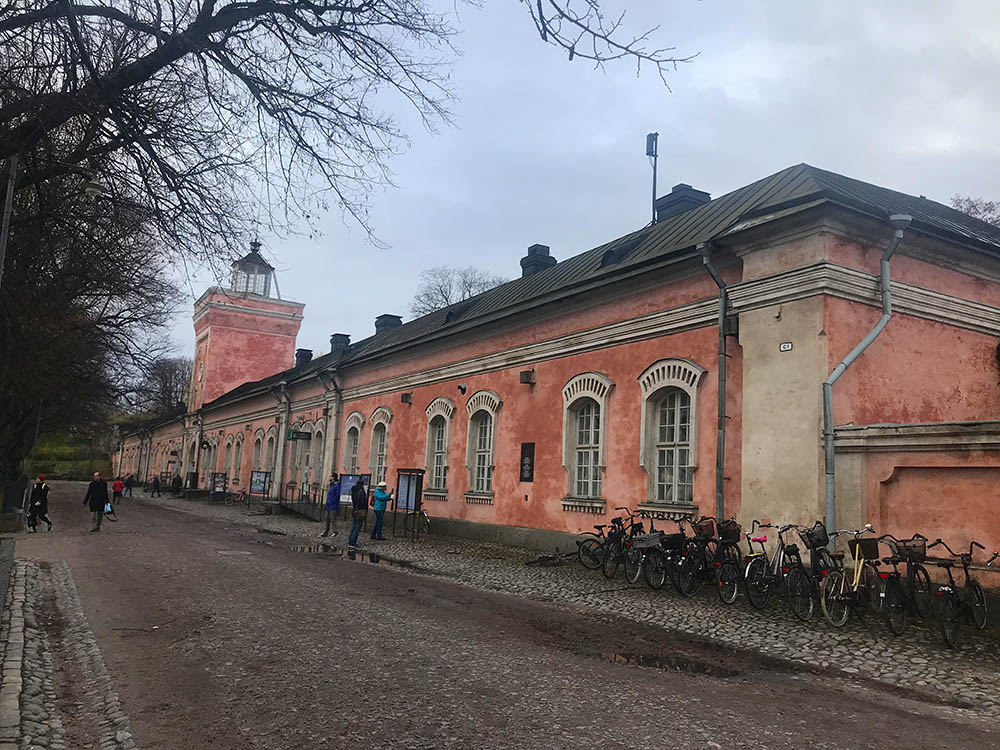
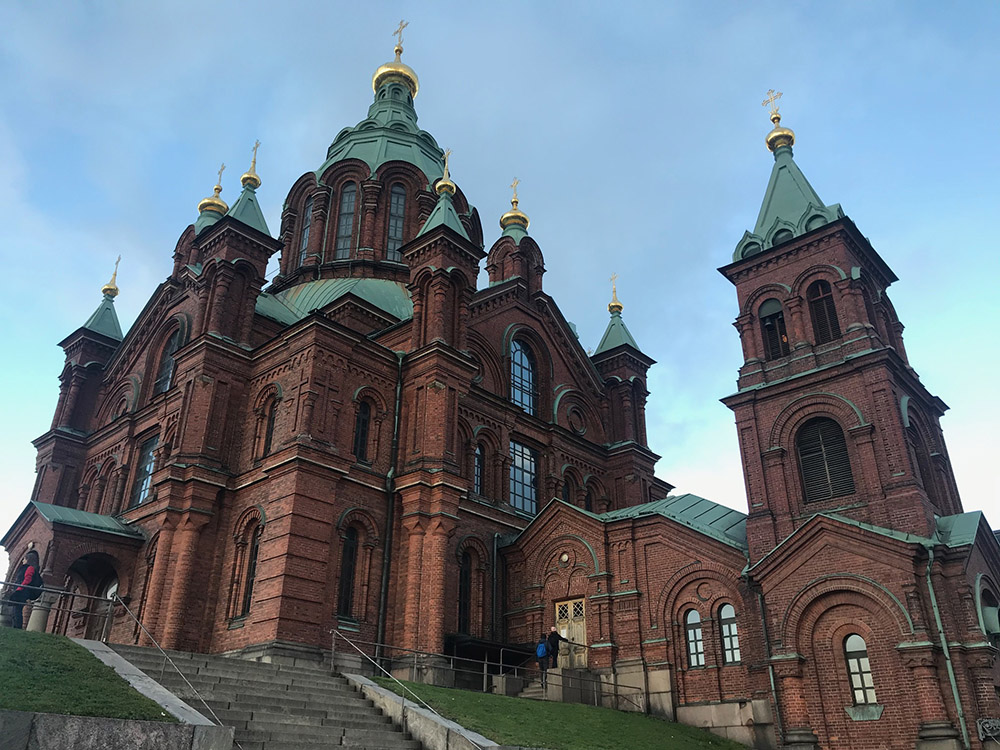
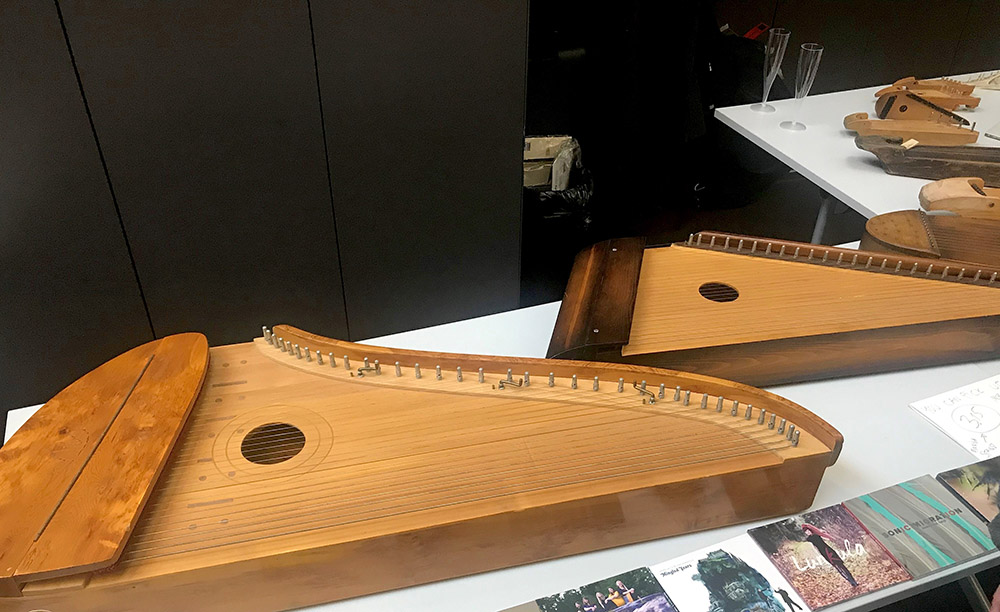

arctic fire
->>I travel by train to Tampere, to visit Womex. It’s an hour and a half ride. During the opening night, Finnish traditional folk music is central under the name Arctic Fire. The duo Vildá opens with songs that are a mix of the joik, traditional singing of the Sami, and music from Eastern Finland.
That evening, the aforementioned Pekko Käppi will also perform, singing and playing on the electric jouhikko, who brings a fierce form of Finnish music. Käppi integrates rock and heavy metal elements into his music. Heavy metal is quite popular in Finland. The band Lordi won the Eurovision Song Contest in 2006 with the song Hard Rock Hallelujah , a mix of hard rock and heavy metal.
Influences from outside Finland can also be heard in the music of the group Suistemon Sähkö. They mix the music of East Karelia with dance and techno and know how to get the audience out of their seats during Womex!
Five string violins
Emilia Lajunen and Suvi Oskala play moving and sometimes dramatic sounding melodies on five-string violins during their performance at Womex. They will perform, among other things, a composition that was originally written for canteen but has been arranged for violin by them. They end with a very fast polka, a style that has been played in Finland since the eighteenth century.
After the concert I talk to Emilia Lajunen about her music. “I play a combination of traditional music from western and eastern Finland,” she says. “I delved into the archives from the 1950s and 1960s. I started doing this when I studied at the Sibelius Academy. Then I transferred melodies from the canteen to the violin by improvising.
The canteen is a very different instrument from the violin. You have to make something new out of it. The Kante tradition is older than the music of Western Finland.” Lajunen does not play the old recordings exactly, but gives them her own twist. “I like to arrange violin melodies from the past and I also compose myself.”
Bicycle tour through Finland
Very special is that Emilia Lajunen toured Finland by bicycle . In 2015 she did it alone and in 2017 with Suvi Oskala. “The violin is easy to take with you on the bike,” she says. “Alone I covered more than 3500 kilometers and performed in living rooms, churches, bars and clubs. I also performed at festivals, such as the Kaustinen Folk Music Festival. My husband, music journalist Kare Eskola came with me,” she says. “I cycled with Suvi over the islands of the Turku archipelago in western Finland. It was great fun to perform there as a duo.” The violinists used to tour Finland by horse and carriage. Emilia follows that tradition in a contemporary way by doing this by bicycle.
Musically, she explores Finland’s traditions as broadly as possible. Like Pauliina Syrjälä, she renews and mixes the traditions of Western and Eastern Finland in her own compositions. That urge for innovation can also be heard from Pekko Käppi and Suistemon Sähkö during Arctic Fire. They go further than Lajunen and Syrjälä, who stay much closer to tradition.
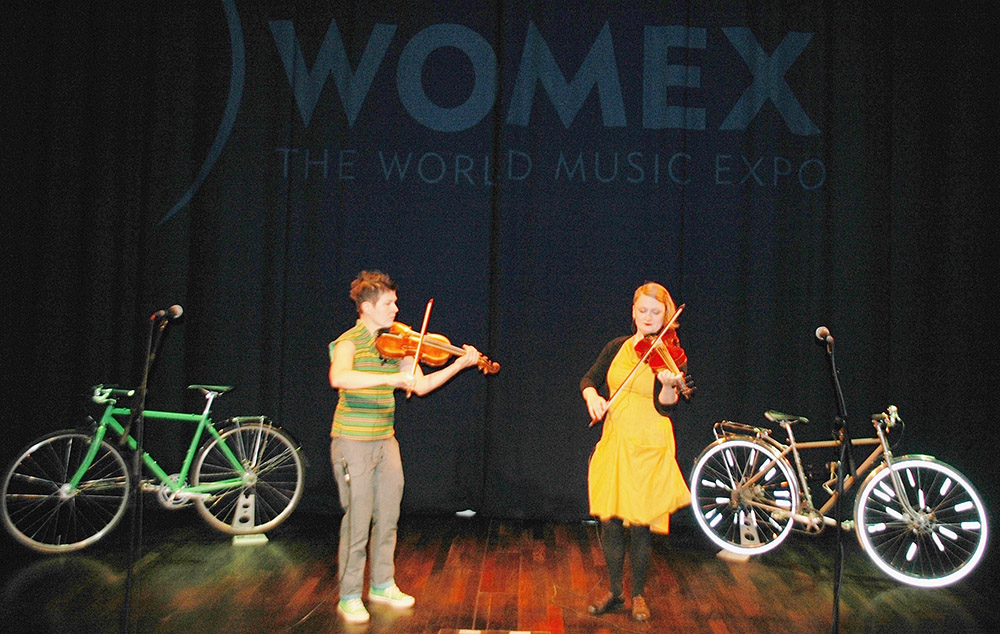
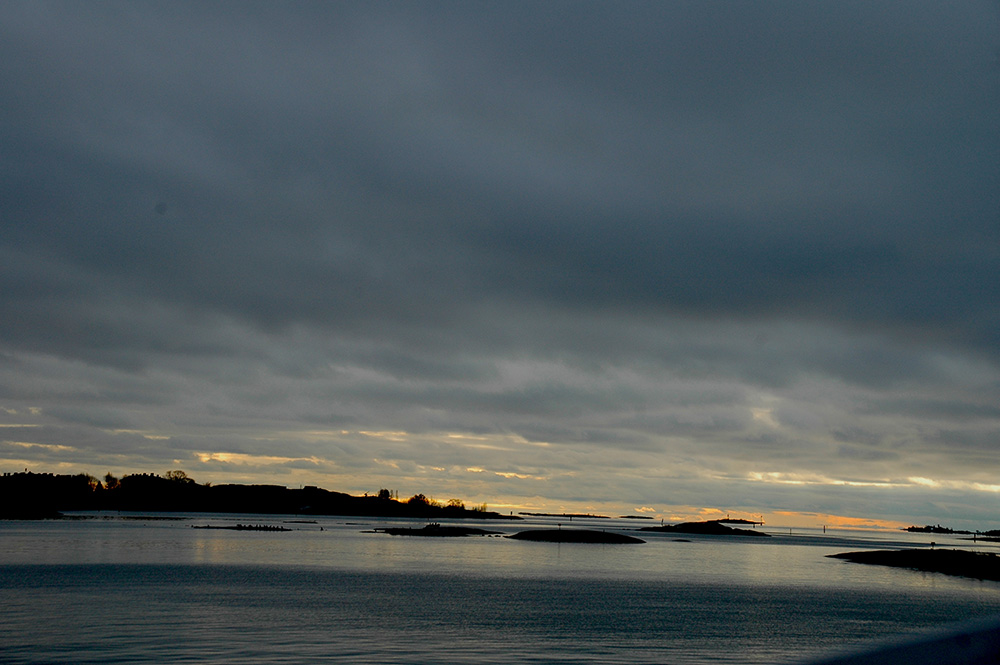
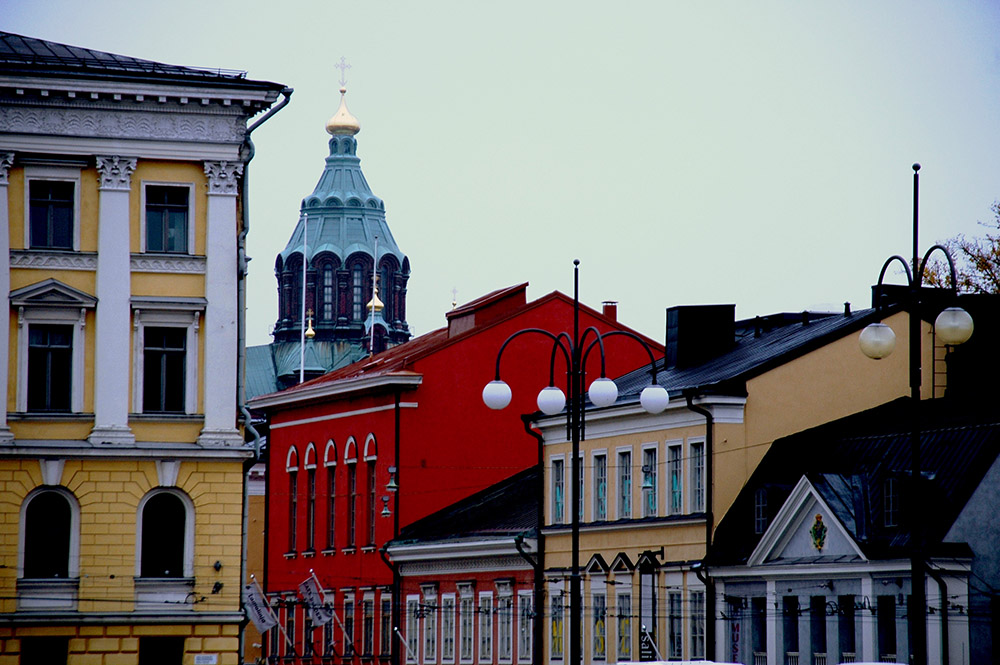
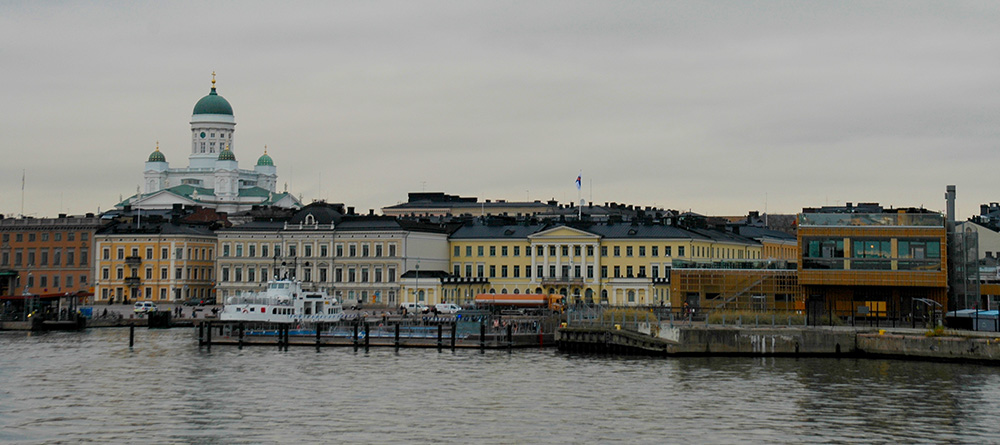
Nordic Notes is a German record label founded in 2005 that focuses mainly on the music of Scandinavia and the Baltic States. They have released CDs by Emilia Lajunen & Suvi Oskala, Päivi Hirvonen, Vildá and Mari Kalkun (Estonia), among others.
Pispala
In the center of Tampere, a Russian Orthodox cathedral and the Tampere Music Hall where Womex takes place are particularly striking. But I want to see more of the city, so I decide to visit the Pispala district. This district is considered the most beautiful part of Tampere. Pispala has its own atmosphere. This is mainly because the district is made up of beautifully restored, colorful wooden houses. And the view of Lake Pihäjärvi on one side and Lake Näsijärvi on the other side is very beautiful. This view is not visible from the center of Tampere.
From the train station I soon see Lake Pihäjärvi looming from the bus. After getting out I first go to the viewpoint on Lake Pihäjärvi. Then I walk through the narrow streets of Pispala, through the colorful neighborhood and hardly meet anyone. Via a staircase I descend to the Näsijärvi lake. When I see a cyclist passing by on the road along the lake, I think back to the story of Emilia Lajunen, about her musical bicycle tour through Finland. And to the rich musical history that is so characteristic of Finland, in the east and west. That history revealed itself especially during the Sounds of Finland conference in Helsinki where I first heard the beautiful sounds of the cantele, jouhikko and nickelharpa. The instruments that are so characteristic of traditional Finnish music and that still linger in my head. ![]()
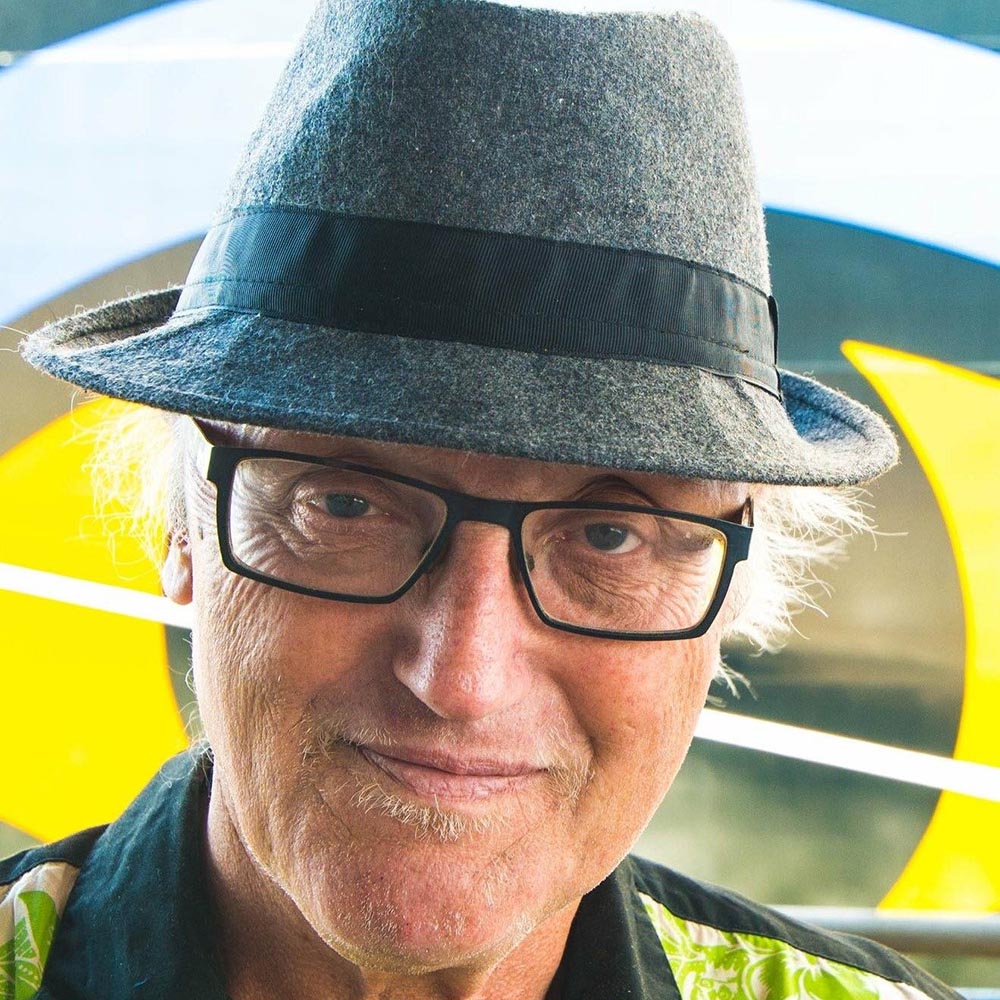
Gepassioneerd reiziger, world music kenner en ritme en slagwerk-expert. Rik van Boeckel is freelancer voor onder andere Jazzism en Nordic Magazine. Hij bracht twee reisboeken uit: Het loslaten van Atlas en De zingende palmen van Cuba. Ook is Rik zelf percussionist, geeft hij les en is spoken word artiest/dichter.
Practical information
To flee
There are direct flights from Amsterdam to Helsinki. Flight duration 2.5 hours. From Helsinki, the train journey to Tampere takes an hour and a half. Of course you can also go there by car! There are also several car sleeper trains .
Hotel tips
Hotel Arthur , Helsinki | Omena Hotel , Tampere Look HERE for more info about Finland.

